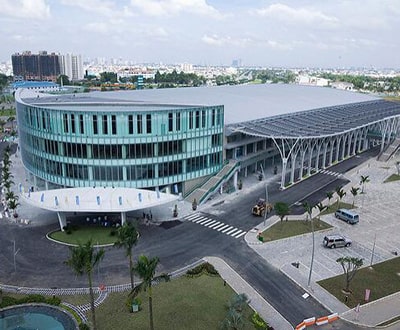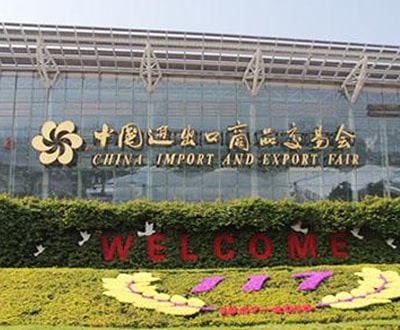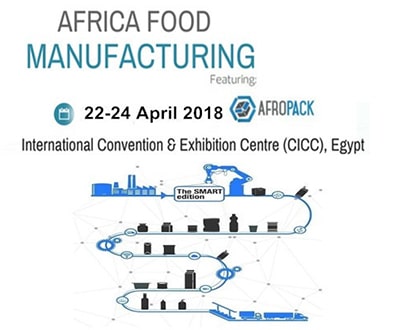The Impact of Peanuts Bar Packing Machines on Production Speed
The peanut bar industry has seen significant advancements in production efficiency due to the widespread adoption of sophisticated packing machines. These machines have transformed the packaging process, resulting in increased throughput and reduced production timelines. This article explores the profound impact of peanuts bar packing machines on production speed, examining key aspects that contribute to their remarkable efficiency.
Peanuts bar packing machines operate autonomously, eliminating the need for manual labor in repetitive and time-consuming tasks. Advanced sensors and automated controls precisely guide the machine’s operations, ensuring accurate and consistent packaging. This automation significantly reduces labor costs, allowing manufacturers to allocate resources to other value-added activities.
These machines are designed to operate at high speeds, enabling the production of a large number of peanut bars within a short timeframe. The automated processes eliminate human errors and ensure consistent packaging quality. With precise timing and motion control, packing machines can achieve speeds of up to 200 bars per minute, significantly increasing production output compared to manual packaging.
Peanuts bar packing machines offer versatility, allowing them to accommodate various packaging formats and sizes. They can handle a wide range of materials, including paper, plastic, and foil, providing manufacturers with flexibility in their packaging choices. This versatility enables manufacturers to quickly adapt to changing market demands and optimize packaging costs.
Advanced packing machines are designed to handle peanut bars gently, minimizing the risk of damage during the packaging process. Precisely controlled movements and cushioned packaging materials ensure that bars maintain their integrity and quality throughout the packaging process. This reduction in product damage minimizes waste and improves overall production efficiency.
Automated packing machines operate in controlled environments, ensuring compliance with hygiene and safety standards. They minimize human contact with the product, reducing the risk of contamination. Advanced sanitization systems and cleaning procedures further enhance hygiene, safeguarding product quality and consumer safety.
Peanuts bar packing machines can be seamlessly integrated into existing production lines, optimizing the overall process flow. They can receive bars directly from production lines, eliminating the need for manual transfer and reducing downtime. This integration ensures efficient and uninterrupted production, maximizing productivity.
Conclusion
The adoption of peanuts bar packing machines has revolutionized the industry, significantly impacting production speed. Automation, fast and consistent packaging, versatility, reduced product damage, improved hygiene and safety, and integration with production lines have transformed the packaging process. These machines have enabled manufacturers to increase throughput, optimize costs, and meet the ever-increasing demand for peanut bars.
Peanuts bar packing machines operate autonomously, eliminating the need for manual labor in repetitive and time-consuming tasks. Advanced sensors and automated controls precisely guide the machine’s operations, ensuring accurate and consistent packaging. This automation significantly reduces labor costs, allowing manufacturers to allocate resources to other value-added activities.
These machines are designed to operate at high speeds, enabling the production of a large number of peanut bars within a short timeframe. The automated processes eliminate human errors and ensure consistent packaging quality. With precise timing and motion control, packing machines can achieve speeds of up to 200 bars per minute, significantly increasing production output compared to manual packaging.
Peanuts bar packing machines offer versatility, allowing them to accommodate various packaging formats and sizes. They can handle a wide range of materials, including paper, plastic, and foil, providing manufacturers with flexibility in their packaging choices. This versatility enables manufacturers to quickly adapt to changing market demands and optimize packaging costs.
Advanced packing machines are designed to handle peanut bars gently, minimizing the risk of damage during the packaging process. Precisely controlled movements and cushioned packaging materials ensure that bars maintain their integrity and quality throughout the packaging process. This reduction in product damage minimizes waste and improves overall production efficiency.
Automated packing machines operate in controlled environments, ensuring compliance with hygiene and safety standards. They minimize human contact with the product, reducing the risk of contamination. Advanced sanitization systems and cleaning procedures further enhance hygiene, safeguarding product quality and consumer safety.
Peanuts bar packing machines can be seamlessly integrated into existing production lines, optimizing the overall process flow. They can receive bars directly from production lines, eliminating the need for manual transfer and reducing downtime. This integration ensures efficient and uninterrupted production, maximizing productivity.
Conclusion
The adoption of peanuts bar packing machines has revolutionized the industry, significantly impacting production speed. Automation, fast and consistent packaging, versatility, reduced product damage, improved hygiene and safety, and integration with production lines have transformed the packaging process. These machines have enabled manufacturers to increase throughput, optimize costs, and meet the ever-increasing demand for peanut bars.
These machines are designed to operate at high speeds, enabling the production of a large number of peanut bars within a short timeframe. The automated processes eliminate human errors and ensure consistent packaging quality. With precise timing and motion control, packing machines can achieve speeds of up to 200 bars per minute, significantly increasing production output compared to manual packaging.
Peanuts bar packing machines offer versatility, allowing them to accommodate various packaging formats and sizes. They can handle a wide range of materials, including paper, plastic, and foil, providing manufacturers with flexibility in their packaging choices. This versatility enables manufacturers to quickly adapt to changing market demands and optimize packaging costs.
Advanced packing machines are designed to handle peanut bars gently, minimizing the risk of damage during the packaging process. Precisely controlled movements and cushioned packaging materials ensure that bars maintain their integrity and quality throughout the packaging process. This reduction in product damage minimizes waste and improves overall production efficiency.
Automated packing machines operate in controlled environments, ensuring compliance with hygiene and safety standards. They minimize human contact with the product, reducing the risk of contamination. Advanced sanitization systems and cleaning procedures further enhance hygiene, safeguarding product quality and consumer safety.
Peanuts bar packing machines can be seamlessly integrated into existing production lines, optimizing the overall process flow. They can receive bars directly from production lines, eliminating the need for manual transfer and reducing downtime. This integration ensures efficient and uninterrupted production, maximizing productivity.
Conclusion
The adoption of peanuts bar packing machines has revolutionized the industry, significantly impacting production speed. Automation, fast and consistent packaging, versatility, reduced product damage, improved hygiene and safety, and integration with production lines have transformed the packaging process. These machines have enabled manufacturers to increase throughput, optimize costs, and meet the ever-increasing demand for peanut bars.
Peanuts bar packing machines offer versatility, allowing them to accommodate various packaging formats and sizes. They can handle a wide range of materials, including paper, plastic, and foil, providing manufacturers with flexibility in their packaging choices. This versatility enables manufacturers to quickly adapt to changing market demands and optimize packaging costs.
Advanced packing machines are designed to handle peanut bars gently, minimizing the risk of damage during the packaging process. Precisely controlled movements and cushioned packaging materials ensure that bars maintain their integrity and quality throughout the packaging process. This reduction in product damage minimizes waste and improves overall production efficiency.
Automated packing machines operate in controlled environments, ensuring compliance with hygiene and safety standards. They minimize human contact with the product, reducing the risk of contamination. Advanced sanitization systems and cleaning procedures further enhance hygiene, safeguarding product quality and consumer safety.
Peanuts bar packing machines can be seamlessly integrated into existing production lines, optimizing the overall process flow. They can receive bars directly from production lines, eliminating the need for manual transfer and reducing downtime. This integration ensures efficient and uninterrupted production, maximizing productivity.
Conclusion
The adoption of peanuts bar packing machines has revolutionized the industry, significantly impacting production speed. Automation, fast and consistent packaging, versatility, reduced product damage, improved hygiene and safety, and integration with production lines have transformed the packaging process. These machines have enabled manufacturers to increase throughput, optimize costs, and meet the ever-increasing demand for peanut bars.
Advanced packing machines are designed to handle peanut bars gently, minimizing the risk of damage during the packaging process. Precisely controlled movements and cushioned packaging materials ensure that bars maintain their integrity and quality throughout the packaging process. This reduction in product damage minimizes waste and improves overall production efficiency.
Automated packing machines operate in controlled environments, ensuring compliance with hygiene and safety standards. They minimize human contact with the product, reducing the risk of contamination. Advanced sanitization systems and cleaning procedures further enhance hygiene, safeguarding product quality and consumer safety.
Peanuts bar packing machines can be seamlessly integrated into existing production lines, optimizing the overall process flow. They can receive bars directly from production lines, eliminating the need for manual transfer and reducing downtime. This integration ensures efficient and uninterrupted production, maximizing productivity.
Conclusion
The adoption of peanuts bar packing machines has revolutionized the industry, significantly impacting production speed. Automation, fast and consistent packaging, versatility, reduced product damage, improved hygiene and safety, and integration with production lines have transformed the packaging process. These machines have enabled manufacturers to increase throughput, optimize costs, and meet the ever-increasing demand for peanut bars.
Automated packing machines operate in controlled environments, ensuring compliance with hygiene and safety standards. They minimize human contact with the product, reducing the risk of contamination. Advanced sanitization systems and cleaning procedures further enhance hygiene, safeguarding product quality and consumer safety.
Peanuts bar packing machines can be seamlessly integrated into existing production lines, optimizing the overall process flow. They can receive bars directly from production lines, eliminating the need for manual transfer and reducing downtime. This integration ensures efficient and uninterrupted production, maximizing productivity.
Conclusion
The adoption of peanuts bar packing machines has revolutionized the industry, significantly impacting production speed. Automation, fast and consistent packaging, versatility, reduced product damage, improved hygiene and safety, and integration with production lines have transformed the packaging process. These machines have enabled manufacturers to increase throughput, optimize costs, and meet the ever-increasing demand for peanut bars.
Peanuts bar packing machines can be seamlessly integrated into existing production lines, optimizing the overall process flow. They can receive bars directly from production lines, eliminating the need for manual transfer and reducing downtime. This integration ensures efficient and uninterrupted production, maximizing productivity.
Conclusion
The adoption of peanuts bar packing machines has revolutionized the industry, significantly impacting production speed. Automation, fast and consistent packaging, versatility, reduced product damage, improved hygiene and safety, and integration with production lines have transformed the packaging process. These machines have enabled manufacturers to increase throughput, optimize costs, and meet the ever-increasing demand for peanut bars.
-
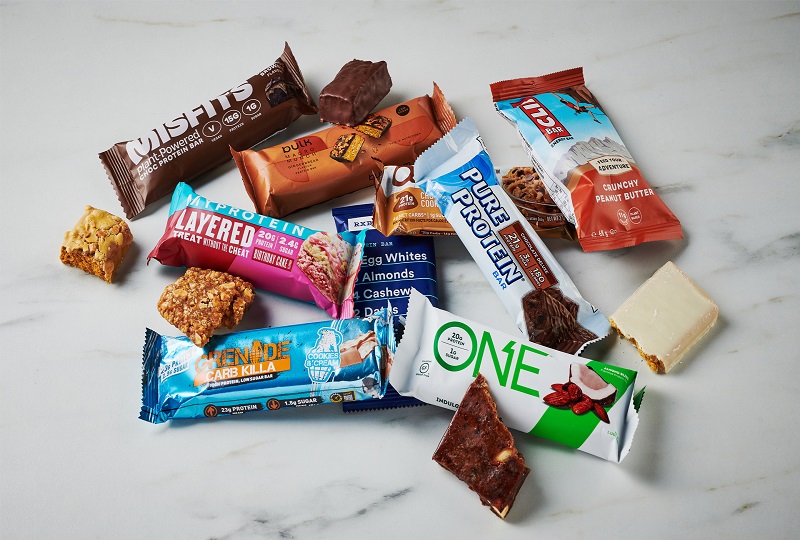 01
01Further Discussion About Protein Bar Packing Machinery
27-02-2024 -
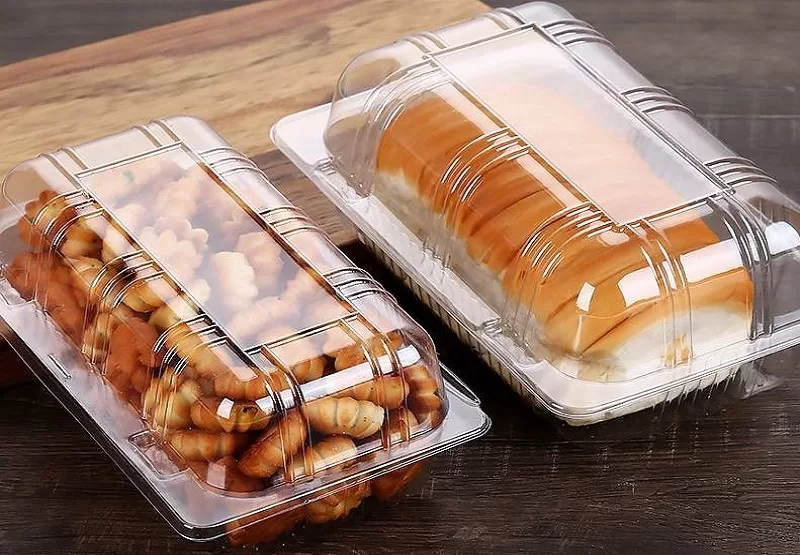 02
02Sustain The Best Crispy With Automatic Packaging Machines
29-01-2024 -
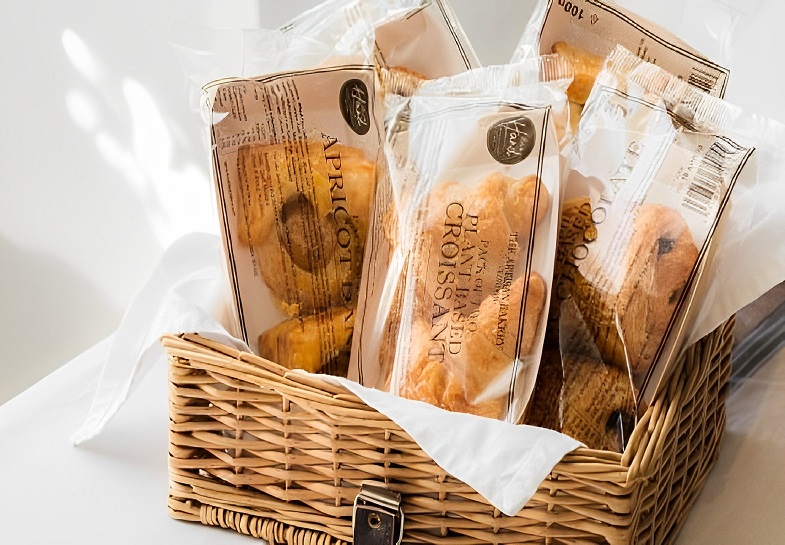 03
03Bread Packing Machine For Bakery Business
19-01-2024 -
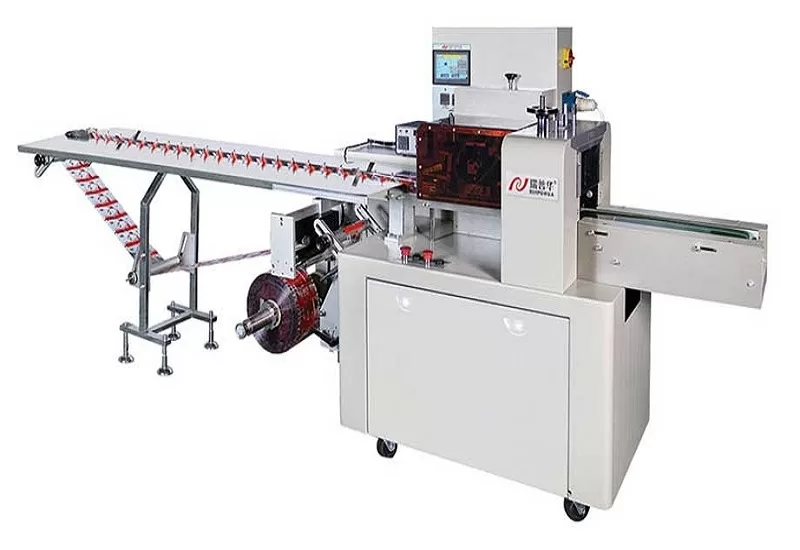 04
04How Flow Wrappers Are Adapting to Changing Trends
01-11-2023 -
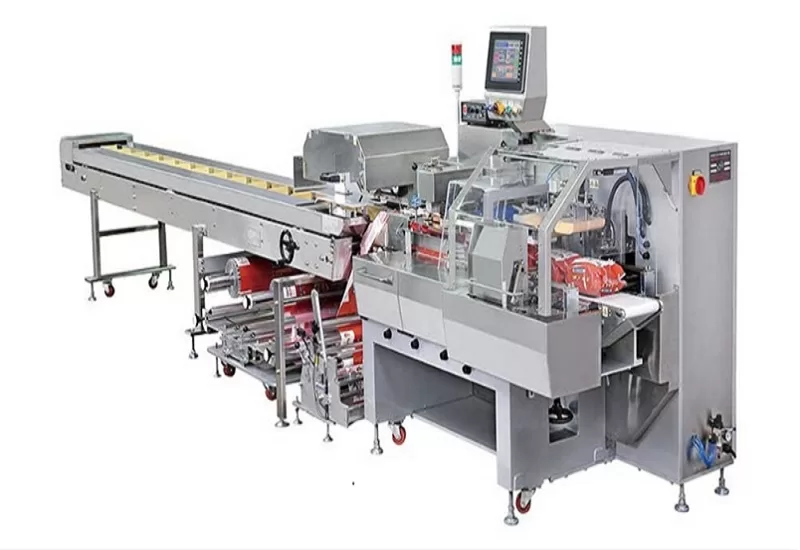 05
05The Comprehensive Guide to Packaging Machinery
31-10-2023 -
 06
06Automatic Cookie Packaging System Performance
01-09-2023 -
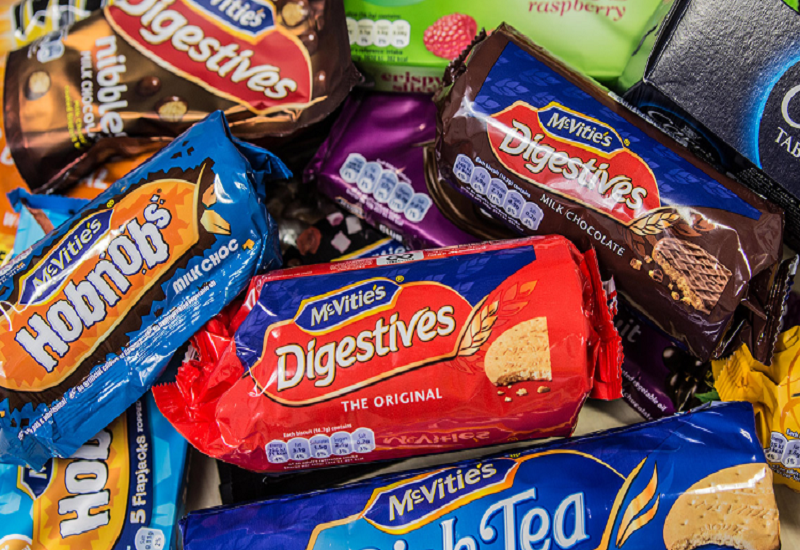 07
07Streamlining Biscuit Packaging with Multipack Biscuit Packaging Machines
25-08-2023 -
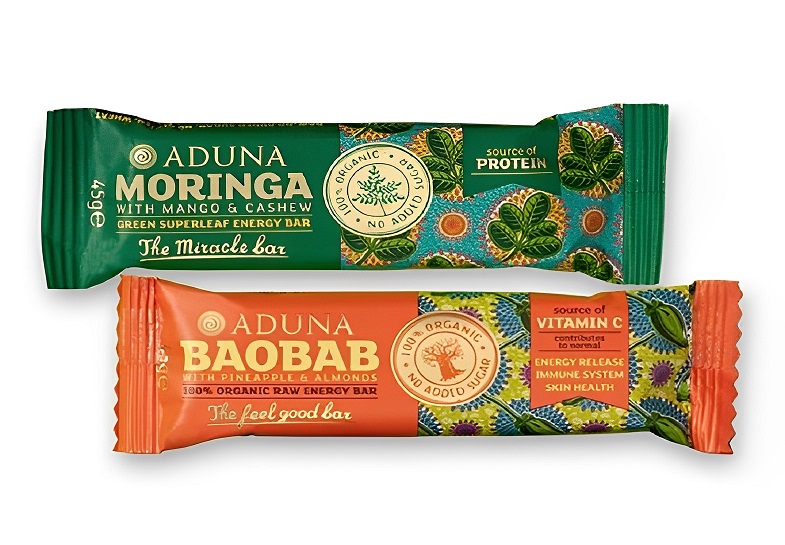 08
08From Assembly To Shipping: The Energy Bar Packaging Machine Does All
28-02-2023 -
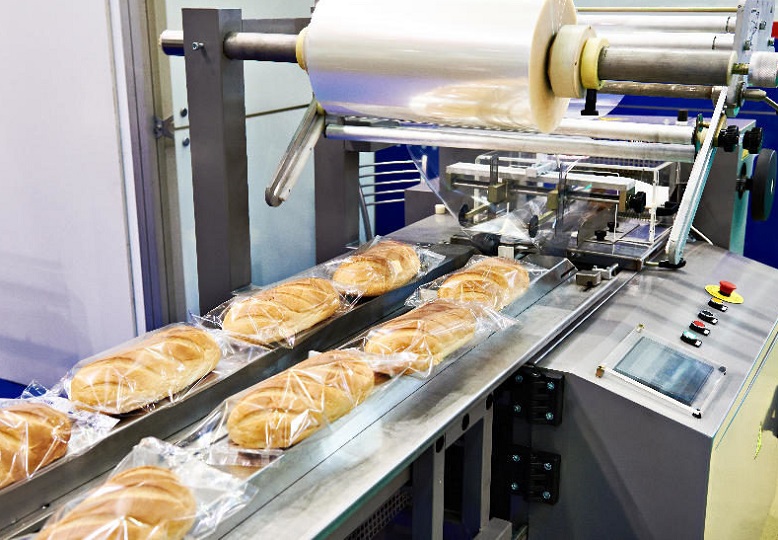 09
09Maximizing Efficiency With Food Packaging Machine Technology
22-02-2023 -
 10
10Clients Hunt For Professional And Functional Packaging Machine
10-11-2022



